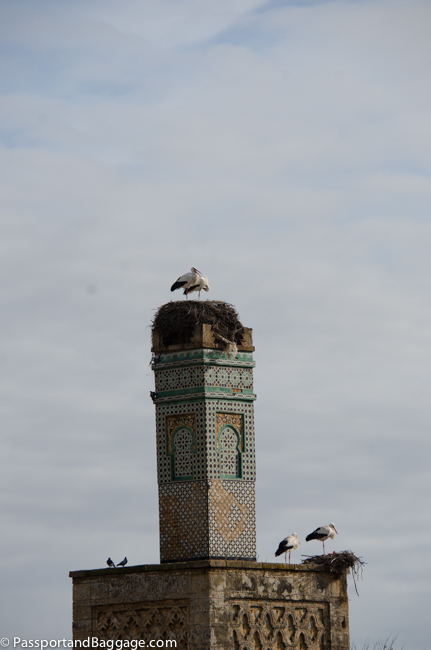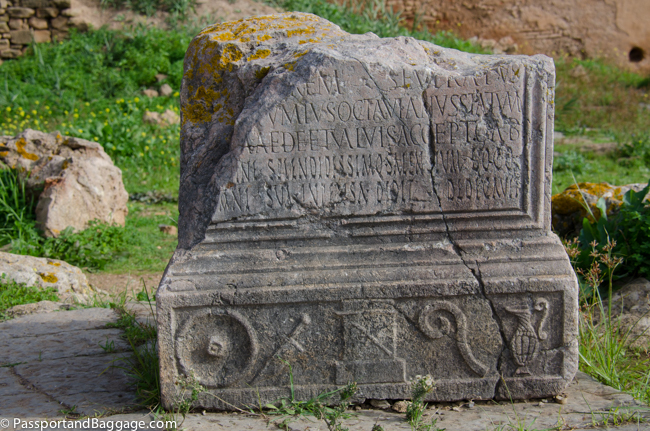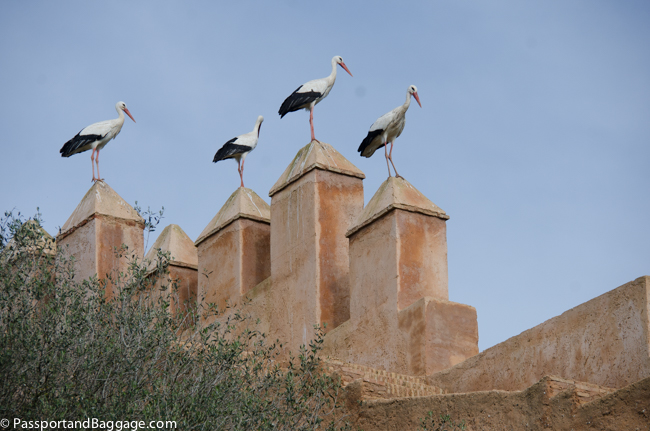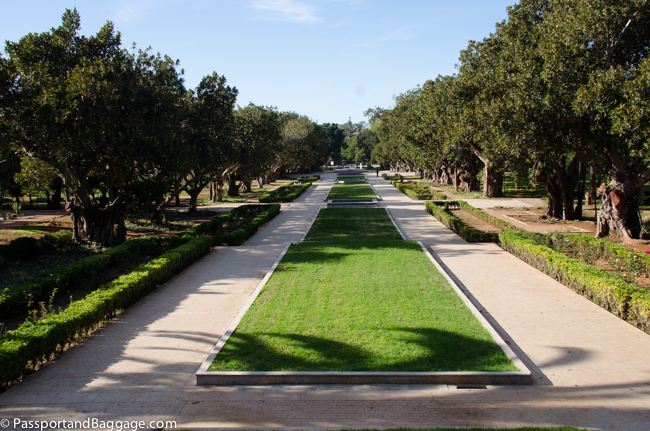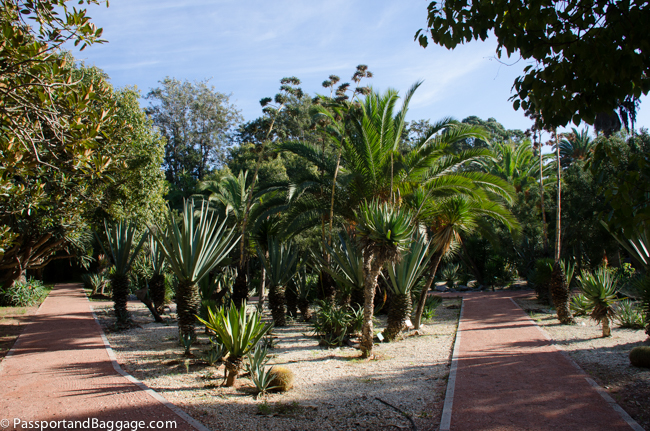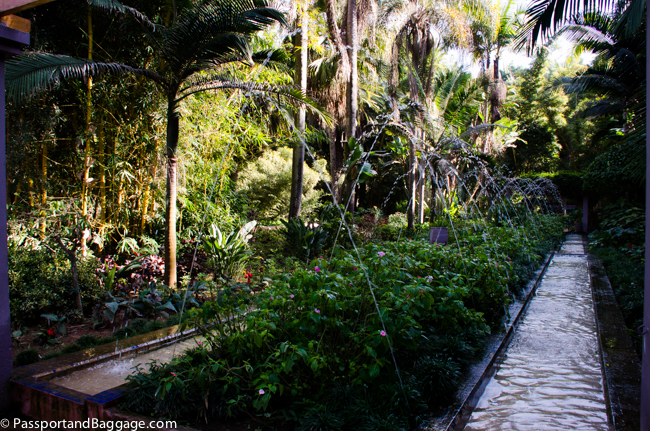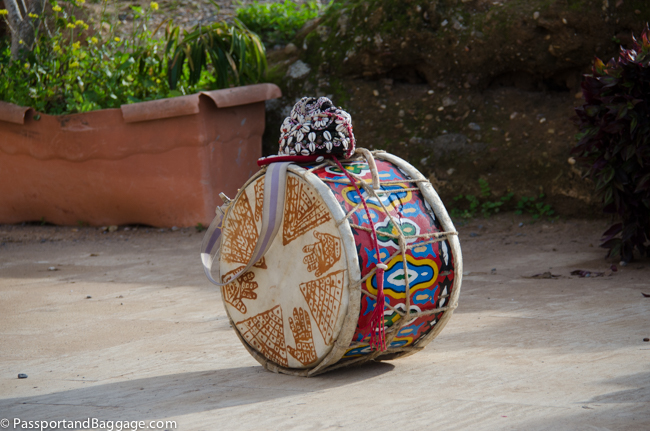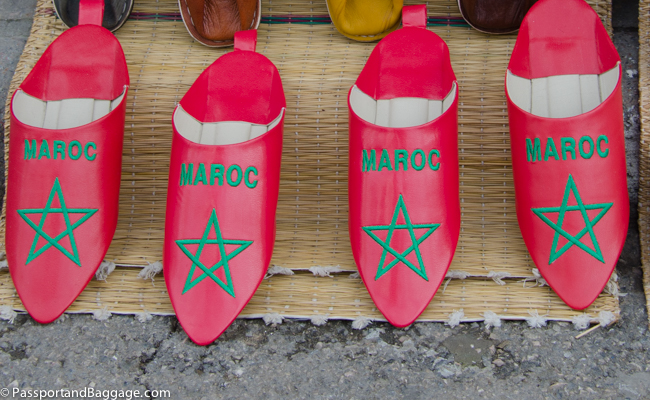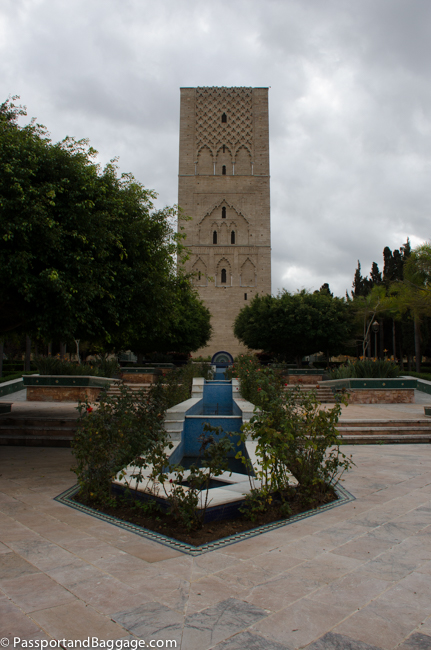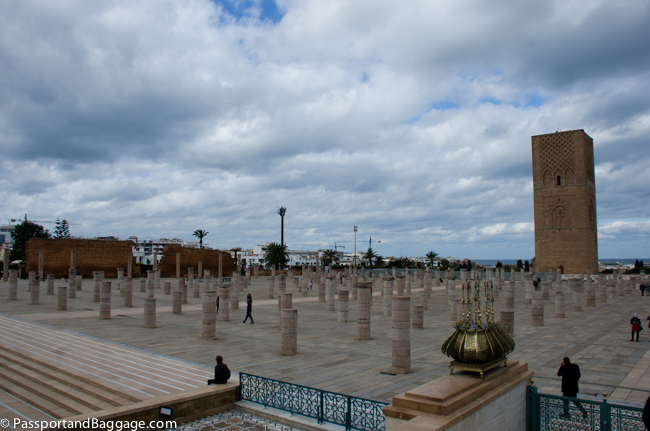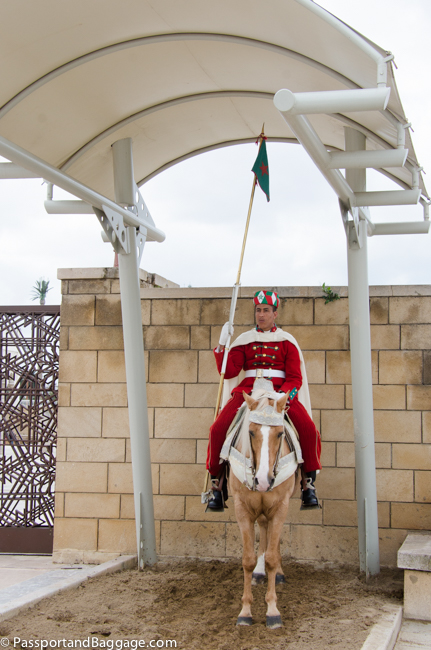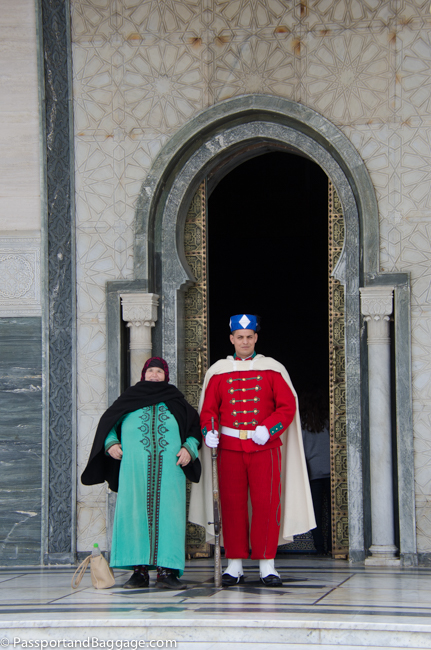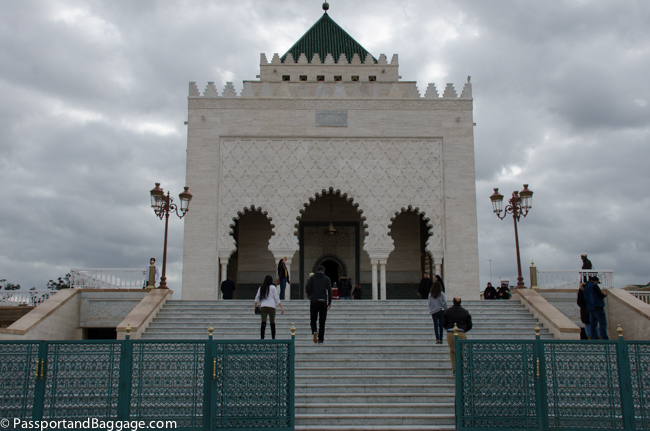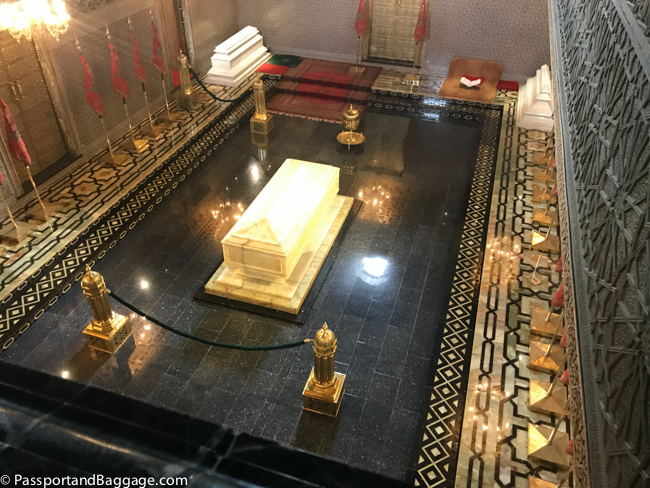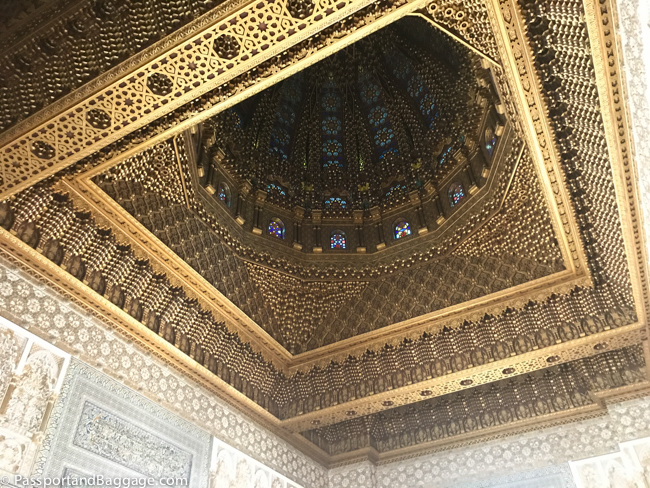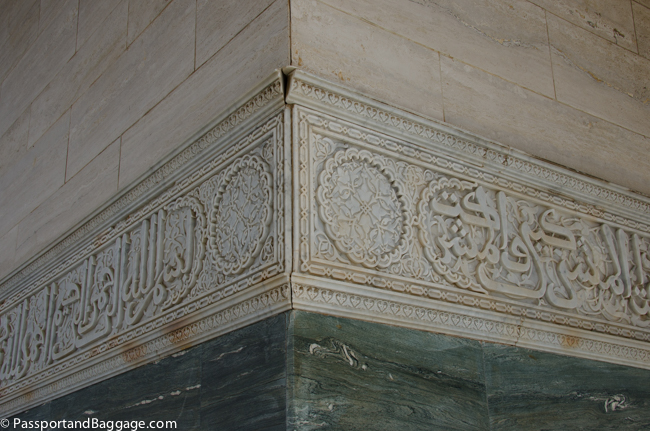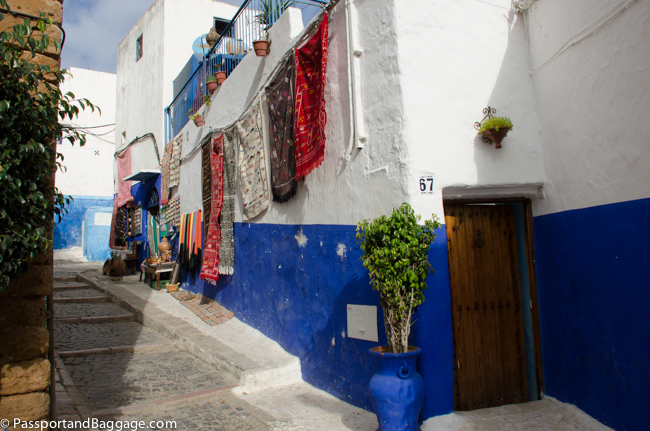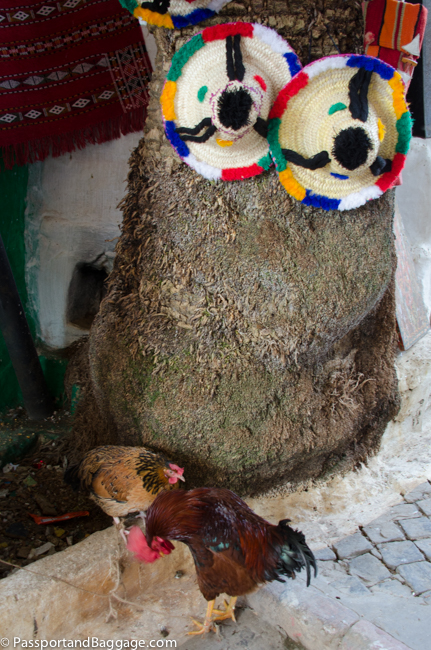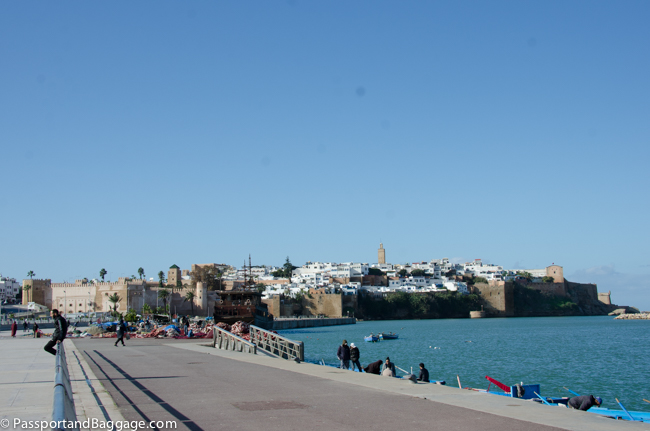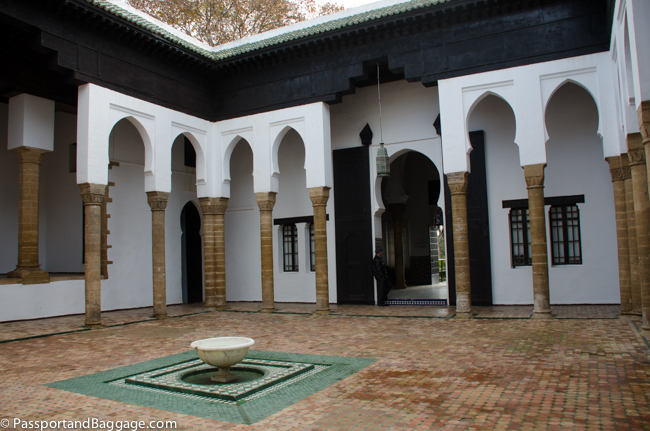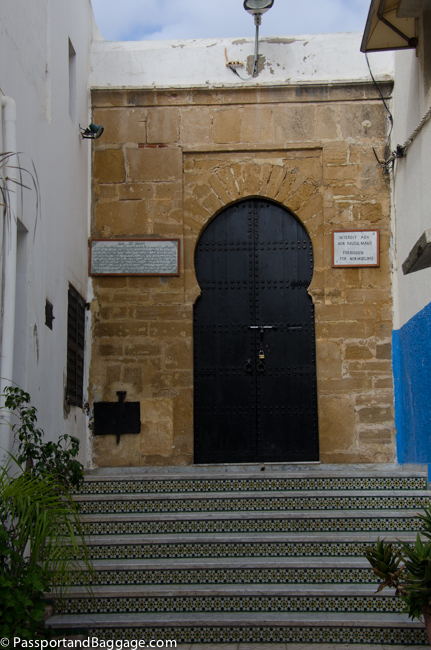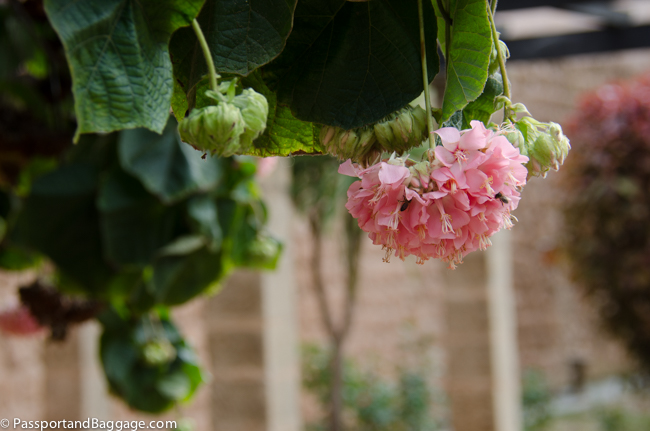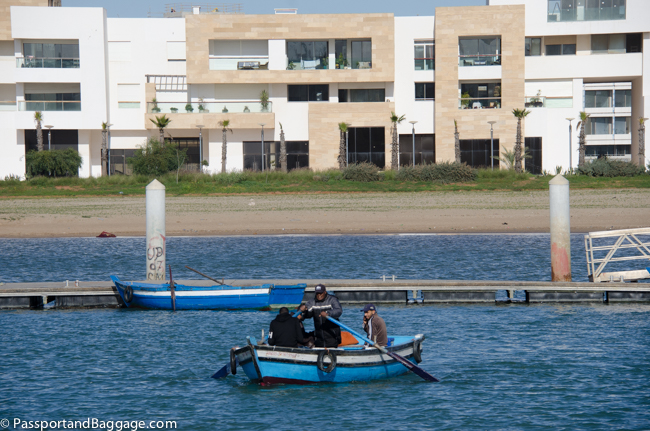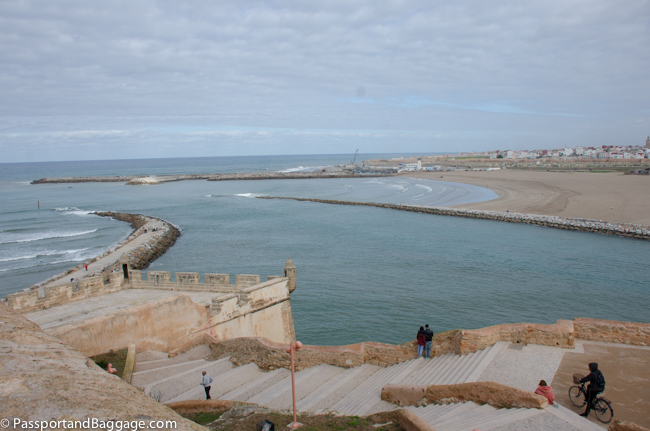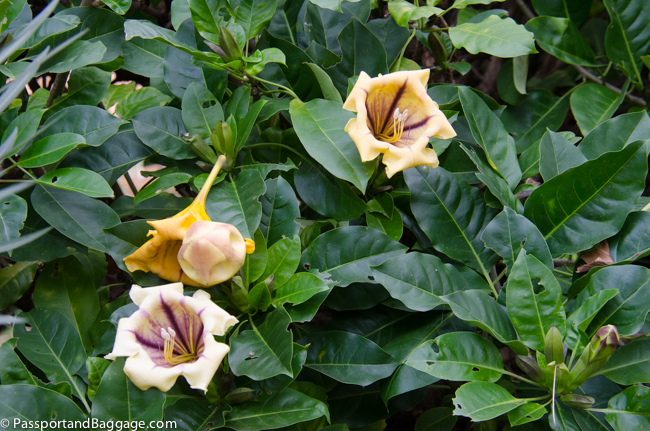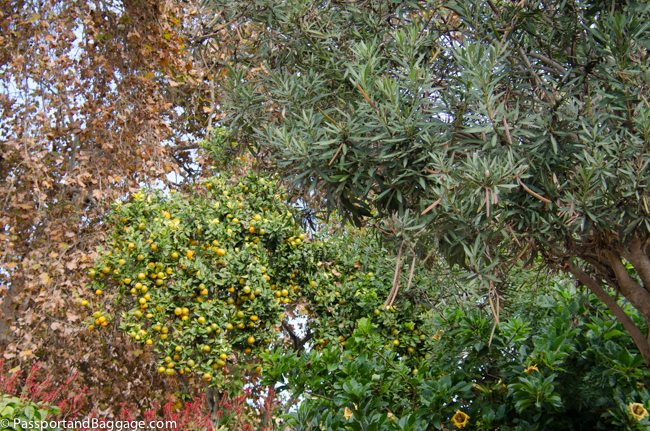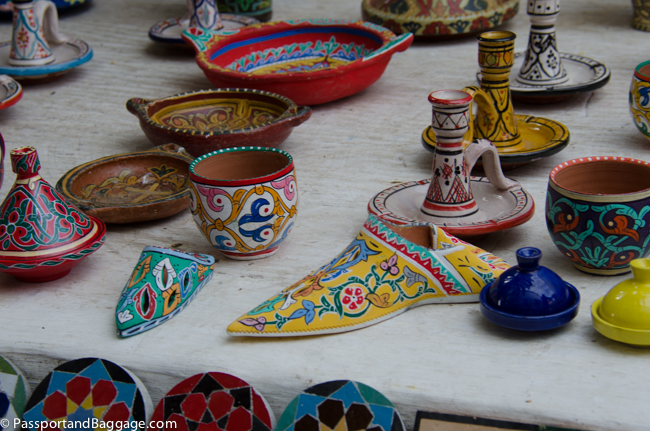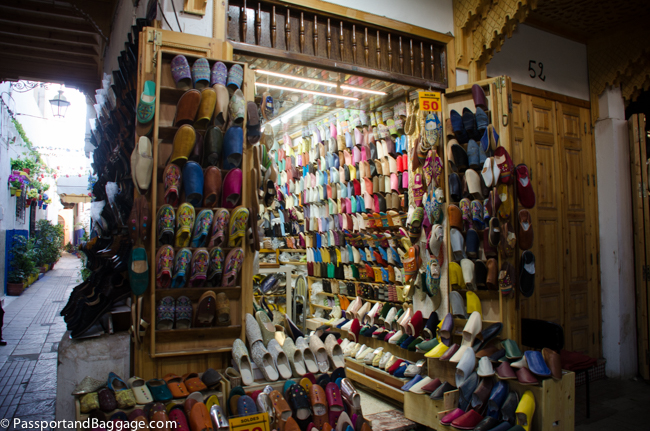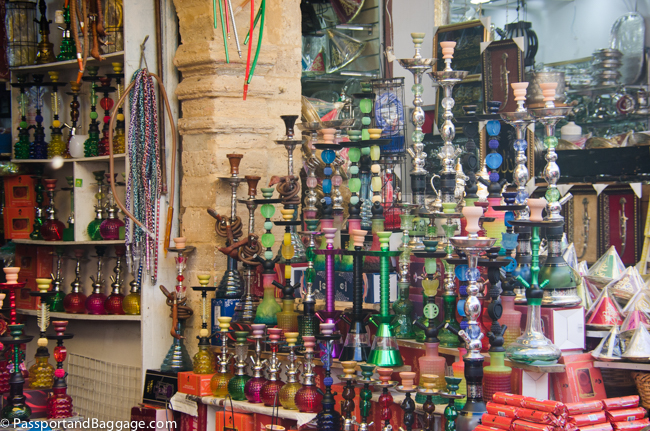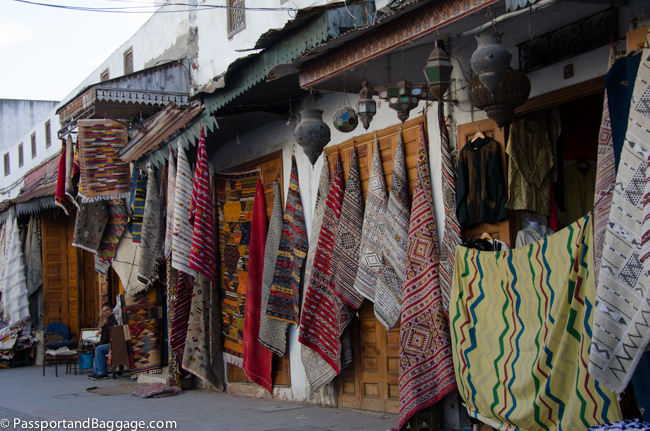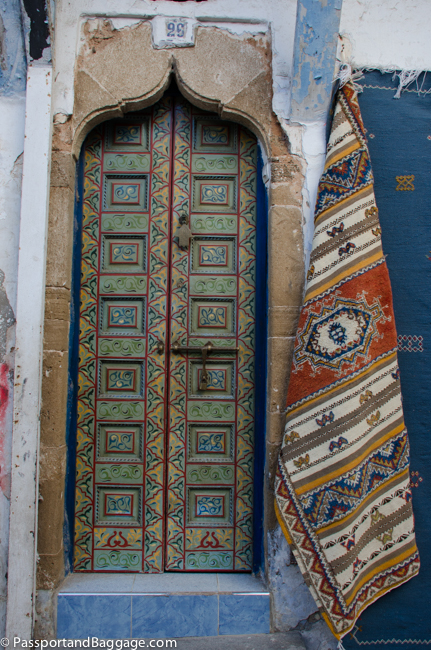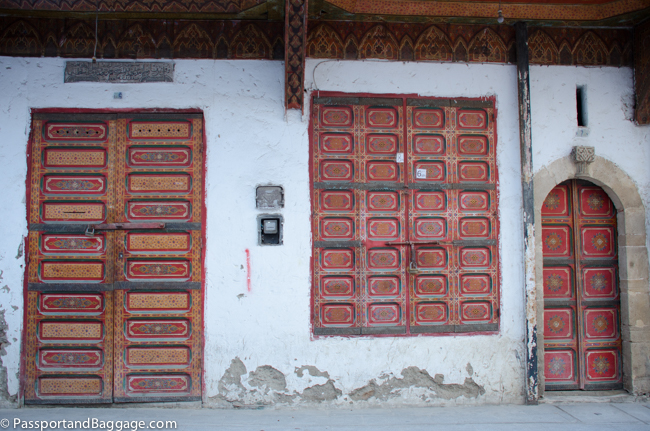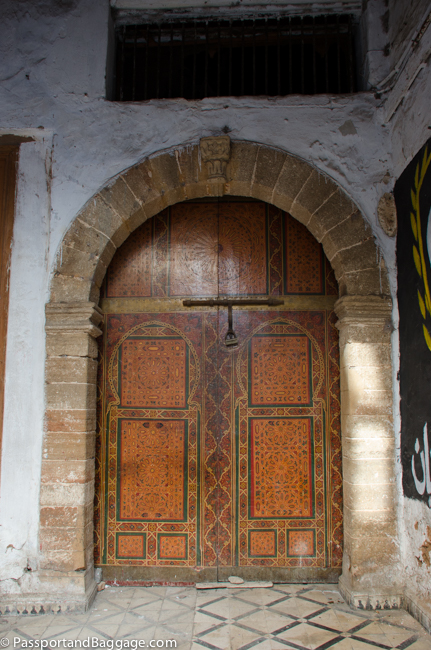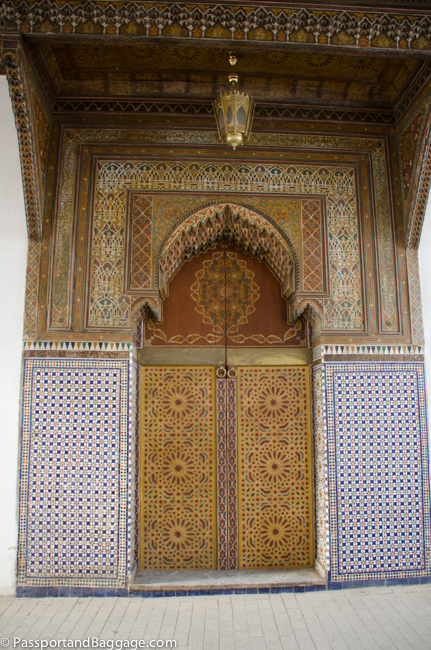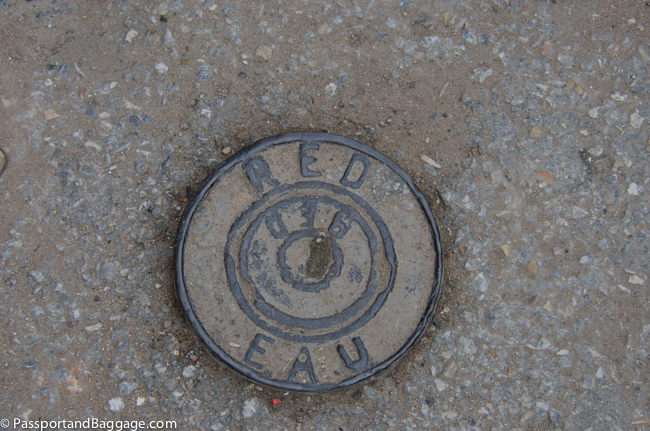December 13, 2019
Day 2 in Rabat was spent finding a few more UNESCO World Heritage sites and exploring a little history.
Chellah
Chellah is a walled ruin of a town that was designated a World Heritage Site in 2012, it houses both Roman ruins and a medieval Muslim necropolis. Abandoned in 1154 and damaged further by the Lisbon earthquake in 1755 it is an interesting site to visit, with the storks’ nests being the most interesting thing of all.
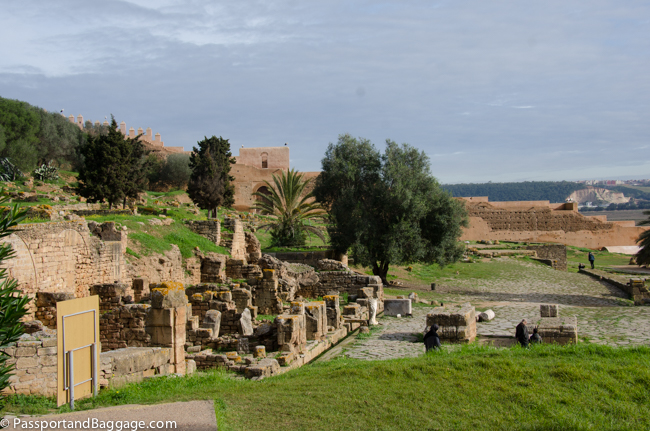 Chellah once sat on the Bou Regreg (now a little over a mile away) and was built by the Romans in around 40 CE It may have previously been a site occupied by the Phoenicians or Carthaginians as early as the 3rd century BCE.
Chellah once sat on the Bou Regreg (now a little over a mile away) and was built by the Romans in around 40 CE It may have previously been a site occupied by the Phoenicians or Carthaginians as early as the 3rd century BCE.
It was one of the two main Roman naval ports on the Atlantic and lay on one of the two Roman roads in Morocco that led down from what is now modern Tangier. It contained a principal Roman way (the Decumanus Maximus), a temple (to Jupiter), a forum and a triumphal arch.
The area remained linked to the Roman Empire even after the withdrawal in the 4th century of the occupying Roman legions. A Roman military unit remained there until the end of the 5th century.
The Chella continued to exist as a town of the Christianized Berbers but was mostly in ruins when the Muslim Arabs arrived in the 7th century. The Byzantine governor of the area surrendered to the Arabs in 683. With the extinction of the Umayyad dynasty in 1031, the Almoravids assumed control of the Maghreb (present-day Tunisia, Algeria, Morocco) and erected new buildings.
By 1147, the Almoravids had been overthrown by the Berber Almohads, who used the site as a royal burial ground. It was made a sacred necropolis, or chellah, by the Marinids in the 13th century; the Muslim sanctuary complex of a mosque, minaret, and royal tombs was finished in 1284. The tall minaret of the now-ruined mosque was built of stone and zellige tilework.
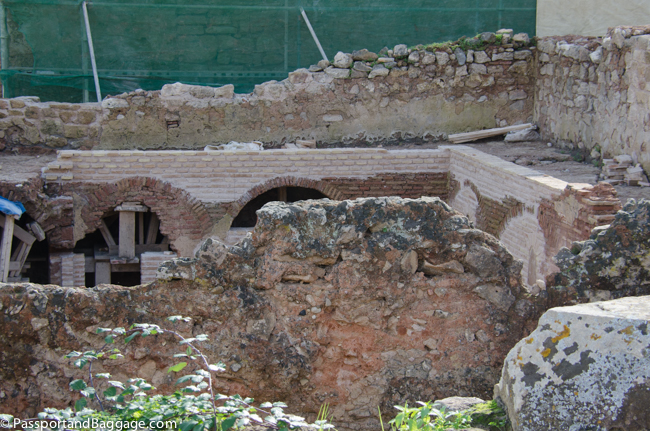
There is a considerable amount of recreation (in the name of restoration) taking place on the necropolis of Chellah. While I realize this has been going on since the beginning of Archeology, I worry that history is being destroyed in order to make the ruins more understandable to the public.
Today the site is a tourist destination with a small garden area.
The White stork (Ciconiaciconia) population at Chella consists of approximately 75 nests inside the site and 25 nests outside. The nest’s renewal rate is around 7% per year, and they prefer to be grouped together with nests close to each other.
Bastion of Tears
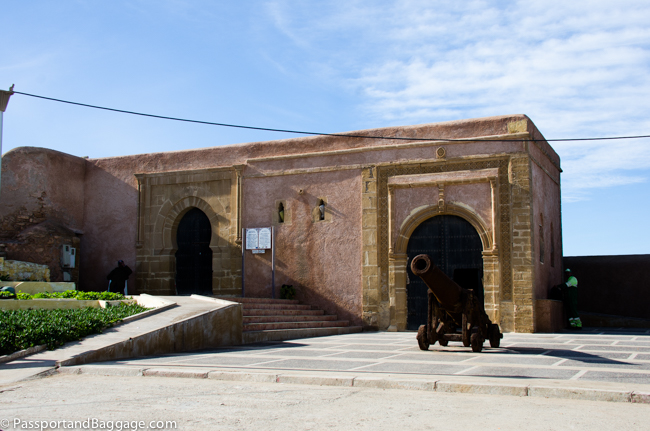 The fortifications that ring much of Sale (the commuter town just over the river from Rabat) were built out of necessity brought on after a two-week siege with Spaniards. On February 2nd, 1260, 12 Spanish ships anchored just off of Sale, and while the locals were celebrating the end of Ramadan, they rushed in killed many and rounded up over 3000 to be shipped off to Saville as slaves.
The fortifications that ring much of Sale (the commuter town just over the river from Rabat) were built out of necessity brought on after a two-week siege with Spaniards. On February 2nd, 1260, 12 Spanish ships anchored just off of Sale, and while the locals were celebrating the end of Ramadan, they rushed in killed many and rounded up over 3000 to be shipped off to Saville as slaves.
A prison, built under the bastion by Sale pirates used to be filled with slaves who were sold in North African markets. The remnants of a city that was renowned for being an international hub of piracy, looting and slavery for centuries.
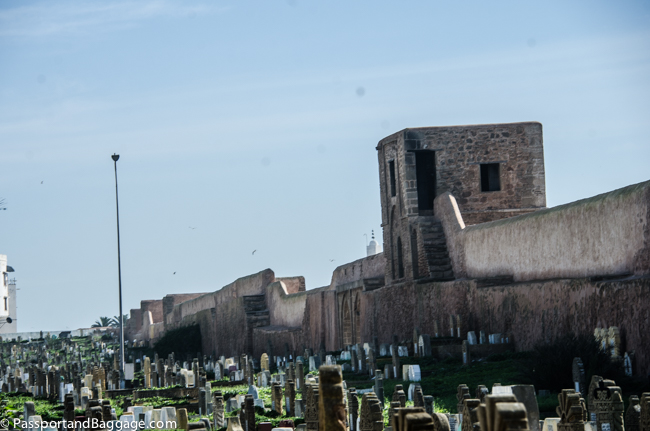
A cemetery sits under much of the wall that runs along the seashore and wraps much of the town of Sale
Jardin d’Essais
Listed as one of the sites of Rabat that make it a UNESCO World Heritage site is this “Test Garden”. The Jardin d’ Essais, or literally the Garden of Botanical Trials is the largest public garden in Rabat.
Created between 1914 and 1919, under a joint initiative of the sultan Moulay Hafid and the French Protectorate, the garden was designed by Jean-Claude Nicolas Forestier.
After having gone through extensive renovations due to years of neglect the gardens were reopened in 2013. The over 600 species of plants include rare varieties of tropical, sub-tropical, succulents, and an arboretum.
Jean-Claude Nicolas Forestier developed an arboretum at Vincennes and the gardens of the Champ-de-Mars below the Eiffel Tower. In 1925 he became Inspector of Gardens for the International Exhibition of Decorative Arts and undertook projects in the Americas. In 1925, Forestier moved to Havana for five years to collaborate with architects and landscape designers. In Spain, he designed the Maria Luisa Park in Seville and the gardens of La Casa del Rey Moro in Ronda.
The Botanical Garden
In 1951, Marcel François, a French horticultural engineer bought 10 acres of flat and exposed land in Sale and opened the Sidi Bouknadel Exotic Gardens, a horticultural and artistic achievement declared a national cultural heritage site in 2003. Francois, traveled collecting plants from China, South Asia, the Savannah, Congo, Japan, Brazil, and Polynesia. He then set about duplicating these gardens at Sidi Bouknadal. Today the garden is more of an overgrown large park with lots of rather fun follies but does not really resemble what I believe may have been there in the 1950s.
Urban Renewal
The Grand Theater, designed by the late Zaha Hadid can be seen while driving on the bridge between Sale and Rabat.
It is part of the Bou Regreg Valley Development Program, launched by King Mohammed VI in January 2006.
The development project’s purpose is to transform the urban landscape on both sides of the Bou Regreg river.
Covering an area of 15,000 acres, the project contains several other facilities including the Heritage House, the Museum of Archeology, the House of Music and Performing Arts, skate parks, and swimming pools. It also has an ambitious transportation portion with the development of a ring road and an extension of Rabat’s excellent tram system.
A last note. I have been staying at the Dar Shaan in the Medina and can not say enough good things about it. I highly recommend the Dar Shaan for lodgings and the restaurant La Ziryab, for its exquisite surroundings and wonderful Moroccan food.

